Symbolic numbers, or numerals, have little meaning to young children out of context. That’s why exploring real world examples is so important.
One way to think about developing deep understanding of numbers with this learning trajectory:
It’s important to first give children rich, hands-on experience exploring quantity before we expect them to understand the abstract meaning of numerals.
This means touching, making, doing! Putting materials in children’s hands allows for a physical (or kinesthetic) understanding of “how many.”
Once they have concrete experiences with quantity, children will be better prepared to create pictorial representations like drawings to show (and do!) their thinking.
After that, we can invite them to use symbolic representations by labeling their drawings with numbers or matching symbols to the work they’ve done.
You might use this sequence of concrete, pictorial, and symbolic representations of number used over the course of a unit of study, a week of instruction, or in a single lesson. The important thing is to give children different ways to explore and understand number sense, beginning with concrete, or hands-on, experiences.
This trajectory is not a hard and fast guide to every child’s development, of course. Every child is unique. This is simply a way to remind ourselves, as adults, that exploration of math concepts through multiple modalities is essential for building strong understanding. And we need to start with what is concrete.
What if the children in your classroom already understand symbolic numerals? This doesn’t mean that they have arrived at their final destination on the learning trajectory and should stop there! This means they are now ready to translate back and forth between representations.
Mathematicians don’t simply solve problems for themselves, they solve them for their communities—invite your students to demonstrate their thinking to others through drawing and modeling with manipulatives. This will strengthen their understanding and make their thinking more visible to you and to other children learning alongside them.


